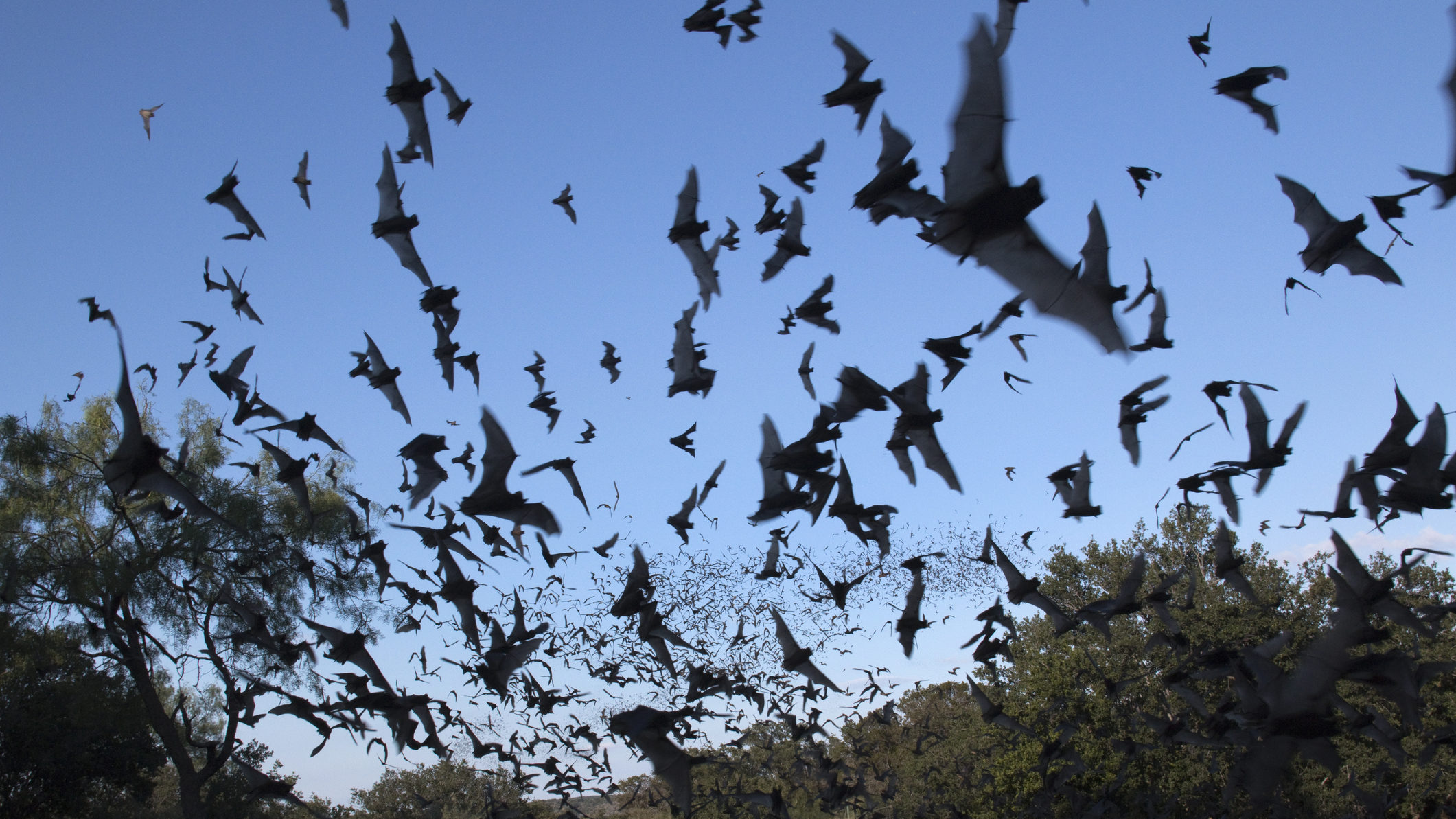Utah health officials confirm three cases of rabies in bats
Jun 30, 2022, 12:59 PM

The National Park Service issues an advisory after a rabid bat was found. (Getty images)
(Getty images)
SALT LAKE CTIY — Utah health officials say they have confirmed three cases of rabies in bats. Each of these cases exposed either people or their dogs.
The cases happened in Washington, Salt Lake County and Weber counties, according to Hannah Rettler, an epidemiologist with the Utah Department of Health and Human Services.
A press release from the Utah Department of Health and Human Services, DHHS, said the people infected received preventative vaccines.
As for the dogs, they were up to date on their vaccinations and received booster shots and a 45-day home quarantine.
Rettler said it is important for pets to be up to date on vaccines in order to protect themselves and their owners.
“The rabies vaccine is extremely effective, and it’s the thing that we recommend the absolute most for people as their top line of defense,” said Rettler.
If the dogs were exposed without vaccines the only options would have been euthanization or four-month isolation at the owner’s expense.
Symptoms of rabies
Signs of rabies in animals include changes in normal behavior, foaming at the mouth, staggering, paralysis, or no interest in food or water.
To keep your pets safe, supervise them when outside and don’t get close to wild animals. Also, consider a pre-exposure vaccine.
It may take weeks or months or humans to feel symptoms. Also, bats’ teeth and claws are so tiny you may not feel the bite or scratch initially.
Officials said initial symptoms in humans are similar to the flu, then move to anxiety, confusion, abnormal behavior, and delirium.
What to do if you find a bat
“If you find yourself near a bat, dead or alive, do not touch, hit, or destroy it and do not try to remove it yourself,” said Rettler.
All of the confirmed cases included direct contact with the human and/or the pet.
Instead of making contact, call your local animal control office or the Utah Division of Wildlife Resources to test the animal for rabies.
If you see an animal showing any signs or think a pet or person is exposed to a rabid animal, call your local health department to report it. Furthermore, obtain instructions to submit animals for testing.
Andrew Gordon and Becky Bruce contributed to the reporting of this story.













